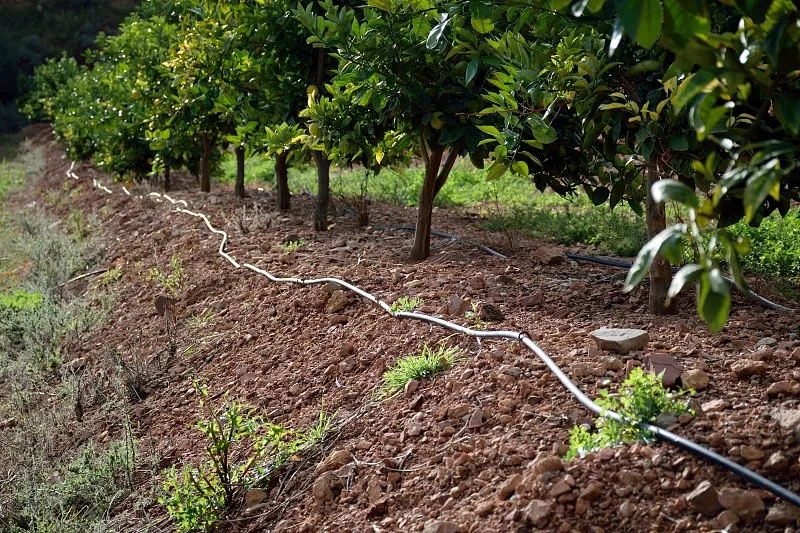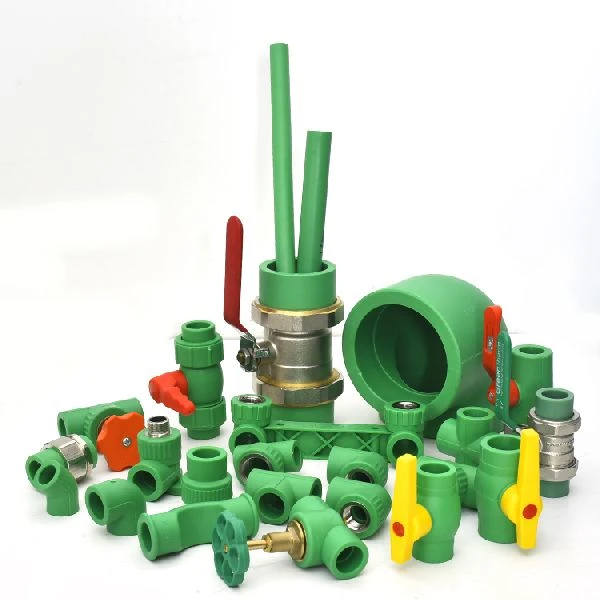Introduction
HDPE pipes and fittings have become essential components in infrastructure, construction, water management, and various industrial applications. The HDPE pipes and fittings market has grown steadily over the past decade, driven by their durability, cost-effectiveness, and environmental benefits. As we look towards 2029, the global HDPE pipes and fittings market is expected to witness significant growth, influenced by factors such as increased infrastructure spending, a growing focus on sustainable solutions, and advancements in HDPE technology. This article provides a detailed analysis of the HDPE pipes and fittings market, exploring key trends, market drivers, and future forecasts.
What Are HDPE Pipes and Fittings?
HDPE pipes and fittings are manufactured from high-density polyethylene, known for its high tensile strength, flexibility, and resistance to chemicals and extreme weather conditions. These properties make HDPE pipes ideal for applications in:
- Water supply and drainage systems
- Gas and oil transport
- Industrial piping
- Agricultural irrigation
In addition to durability, HDPE pipes and fittings offer cost-saving benefits due to their low maintenance requirements and long lifespan, making them a valuable choice for various infrastructure projects worldwide.
Global HDPE Pipes and Fittings Market Overview
The HDPE pipes and fittings market has shown robust growth, fueled by an increase in urbanization, industrialization, and government initiatives for improving water and sanitation infrastructure. According to recent reports, the global HDPE market is projected to grow at a compound annual growth rate (CAGR) of over 5% from 2023 to 2029.
Key Market Regions
- Asia-Pacific: Leading the market due to rapid urbanization, expanding construction activities, and significant demand in agriculture.
- North America: Growth driven by the replacement of aging pipelines, particularly in water and gas transport sectors.
- Europe: Steady growth with increased investment in sustainable infrastructure and green initiatives.
- Latin America and Africa: Emerging markets with significant opportunities due to infrastructure needs and rising adoption of HDPE for water management.
Market Drivers
1. Infrastructure Development and Urbanization
With increased investments in infrastructure worldwide, HDPE pipes and fittings are in high demand. Rapid urbanization in developing economies is also a key driver, as governments prioritize infrastructure projects in water supply, sanitation, and energy.
2. Environmental Benefits and Sustainability
HDPE is recyclable and has a lower environmental footprint than many other materials, making it an ideal choice in projects focused on sustainability. HDPE pipes reduce leakage and require less energy to manufacture and transport, aligning with global sustainability goals.
3. Cost Efficiency and Durability
Due to their long lifespan and resistance to corrosion, HDPE pipes and fittings provide substantial cost savings over time. They also require minimal maintenance, which is a significant benefit for long-term projects, especially in remote or high-wear environments.
4. Advancements in HDPE Technology
New advancements in HDPE manufacturing, such as improved joint fusion technology and enhanced pipe design, are further driving market demand. These innovations make HDPE more adaptable to a wider range of applications, including high-pressure systems.
Trends in the HDPE Pipes and Fittings Market
1. Growth in Smart Infrastructure
Smart infrastructure and digitalization are influencing HDPE applications, as many cities adopt smart water systems that rely on durable, flexible, and easily monitored piping solutions. HDPE’s compatibility with modern monitoring systems has bolstered its role in these projects.
2. Increased Demand in the Agricultural Sector
HDPE pipes are widely used in agricultural irrigation systems due to their resilience and cost-effectiveness. As global food demands rise, more efficient irrigation systems are necessary, fueling demand for HDPE pipes and fittings.
3. Focus on Leak Detection and Prevention
One of the most significant issues with piping systems is leakage. HDPE’s fusion-welded joints provide a virtually leak-free solution, reducing water loss and improving resource efficiency, especially in water-scarce regions.
4. Rising Use in the Oil and Gas Industry
Due to its high resistance to chemicals and extreme temperatures, HDPE is increasingly utilized in oil and gas applications, particularly for low-pressure fluid transmission. This sector is anticipated to be a significant contributor to the HDPE market growth by 2029.
Challenges Facing the HDPE Market
1. Volatility in Raw Material Prices
HDPE is derived from petrochemical sources, making it vulnerable to fluctuations in crude oil prices. Volatility in raw material costs can impact the affordability and profitability of HDPE products, presenting a challenge for manufacturers.
2. Competition from Other Piping Materials
Though HDPE has many advantages, it faces competition from other materials, including PVC, PEX, and metal pipes. Each material has unique strengths, and consumer preference often depends on application-specific requirements.
3. Environmental Regulations
Environmental regulations are becoming more stringent, impacting the HDPE market. While HDPE is recyclable, ensuring compliance with environmental standards throughout production and disposal can pose additional costs.

Forecast for the HDPE Pipes and Fittings Market to 2029
The global HDPE pipes and fittings market is projected to expand significantly through 2029, with growing demand across multiple industries and ongoing infrastructure projects worldwide. The following factors are expected to influence this growth:
1. Continued Infrastructure Investment
Government spending on water supply, wastewater management, and transportation infrastructure is anticipated to drive demand for HDPE products, especially in emerging economies.
2. Advances in HDPE Product Design
New innovations, such as triple-layered HDPE pipes and improved fittings, are expected to enhance performance, making HDPE suitable for even more applications.
3. Expansion in Emerging Markets
Regions such as Africa, Latin America, and Southeast Asia are expected to see accelerated growth in HDPE adoption as they work to improve their water, sanitation, and industrial infrastructure.
4. Growth in Recycling and Circular Economy Initiatives
HDPE is highly recyclable, and many industries are moving toward a circular economy model. The HDPE market may benefit from increased efforts to recycle and reuse materials, reducing waste and contributing to environmental sustainability.
Conclusion
The global HDPE pipes and fittings market is positioned for significant growth through 2029. With ongoing infrastructure projects, advancements in technology, and a shift toward sustainable materials, HDPE remains a preferred choice for diverse applications across sectors. While challenges like raw material price volatility and regulatory compliance remain, the benefits of HDPE in terms of durability, cost-efficiency, and environmental impact make it a compelling option for future developments.
Frequently Asked Questions (FAQs)
Q1: What makes HDPE pipes and fittings environmentally friendly?
HDPE is recyclable and requires less energy to produce and transport, making it a sustainable option. Additionally, HDPE pipes reduce leakage, contributing to water conservation.
Q2: In which industries are HDPE pipes and fittings most commonly used?
HDPE pipes and fittings are commonly used in water supply, agriculture, oil and gas, industrial piping, and wastewater management.
Q3: What are the key benefits of using HDPE pipes over traditional materials?
HDPE pipes are durable, corrosion-resistant, flexible, and require minimal maintenance, making them a cost-effective choice with a long service life.
Q4: How does the price of HDPE affect its market growth?
HDPE prices are affected by raw material costs, especially fluctuations in oil prices. Volatility in pricing can impact affordability, but demand remains steady due to HDPE’s overall benefits.
Q5: What role does HDPE play in smart infrastructure?
HDPE pipes are compatible with smart infrastructure systems, allowing for easy integration with monitoring technologies. This feature supports leak detection, efficient resource management, and enhanced performance in urban settings.


















